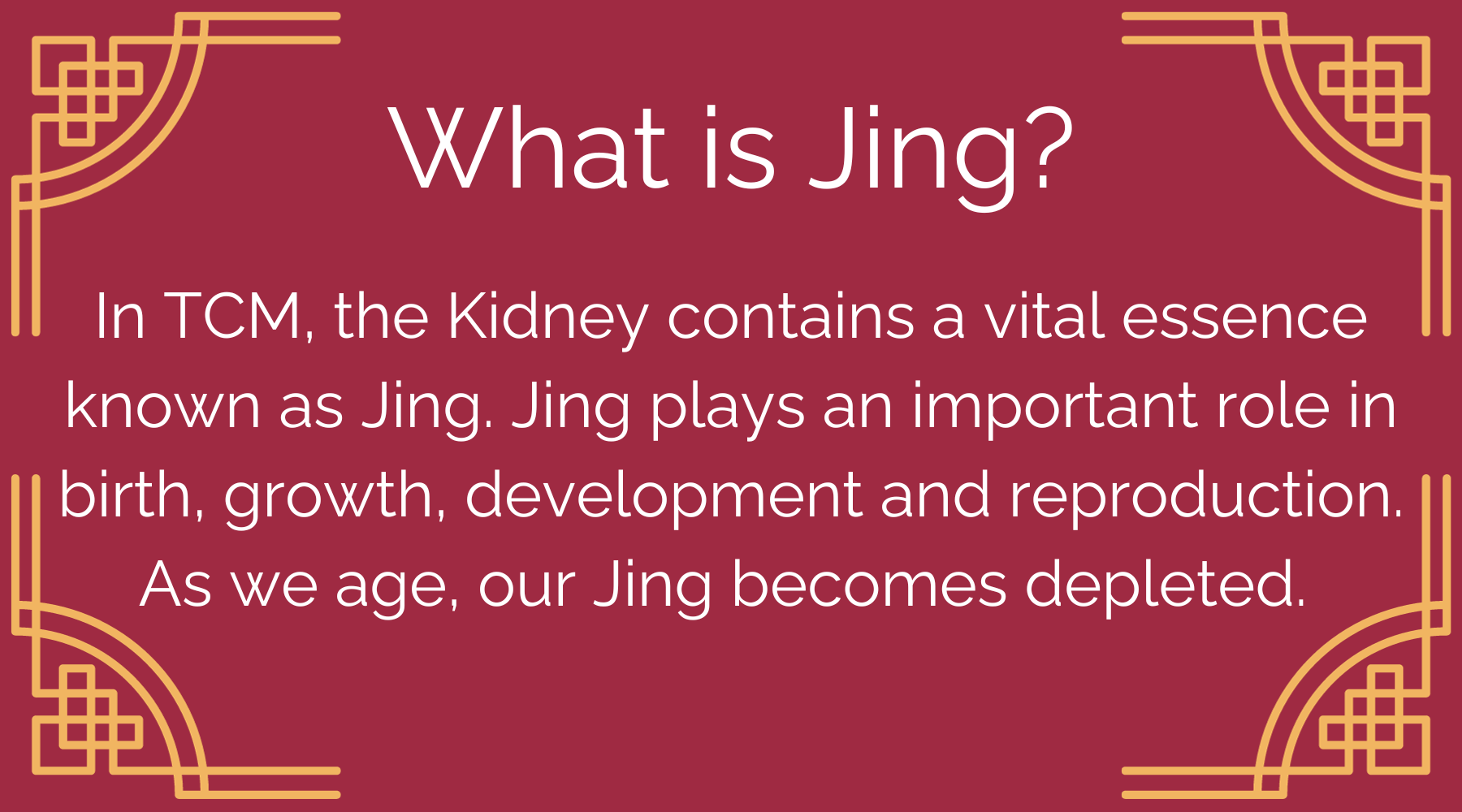Acupuncturist Monisha
18-10-2023
Seed Cycling for Balancing Hormones and Fertility
with Acupuncturist Monisha

Eastern Dietary Principles meets Western Nutrition
What is seed cycling?
This popular practice combines principles from both traditional Chinese medicine (TCM) and Western nutrition. Seed cycling is an easy way to support hormonal balance, boost fertility, and manage menopausal symptoms. This is achieved by consuming different types of seeds according to the phases of your menstrual cycle. The recommended seeds are rich in nutrients and essential fatty acids, and can support hormonal balance and overall health.
From a TCM perspective, seeds are believed to nourish Kidney Jing or essence, which is important for supporting the reproductive system and fertility.


How does seed cycling work?
The female endocrine system functions through a complex interplay of hormones. Diet, sleep, exercise, stress and environmental factors can disrupt this delicate balance. This in turn, may cause or exacerbate conditions such as PCOS, thyroid problems, PMS, PMDD, and perimenopausal or menopausal symptoms.
Seed cycling is based on the idea that certain seeds contain compounds that can either promote or inhibit particular hormones in the body. By consuming the right seeds during specific phases of your menstrual cycle, you can help support optimal hormone production and balance.
The Phases of Seed Cycling
Follicular Phase (Day 1-14): During this phase, the focus is on supporting oestrogen production, and also eliminating build-up of excess oestrogen. Consuming flax seeds and pumpkin seeds is recommended during this phase; they contain phytoestrogens and essential fatty acids that can help regulate oestrogen levels.
Luteal Phase (Day 15-28, or until Day 1 of period): During this phase, the emphasis shifts to supporting progesterone production. Sesame seeds and sunflower seeds are typically consumed during this phase, as they contain lignans and other compounds that can help promote progesterone release.
How to Incorporate Seed Cycling into Your Diet
Days 1-14 - From the first day of your period until day 14 of your cycle, consume a ½-1 tablespoon of flax seeds and a ½-1 tablespoon of pumpkin seeds daily.
Days 15-28 - From day 15 of your cycle until day 28 eat ½-1 tablespoon of sesame seeds and a ½-1 tablespoon of sunflower seeds daily.
If you are postmenopausal or aren’t menstruating currently, you can start at any time with one of the seed combinations, then switch to the other combination after 14 days.
It is recommended that the seeds be ground prior to consumption, this optimises digestion and absorption of nutrients. If you are prepping ahead of time, by grinding your seeds in batches, please be sure to keep them refrigerated to preserve nutrition and slow oxidation.
Is it Scientifically Proven?
Although seed cycling has gained popularity in recent times, there is yet to be any scientific research specifically evaluating the effectiveness of the practice as a whole. However, there is scientific evidence to support the individual components of seed cycling; these seeds are known to contain nutrients and compounds that are beneficial to hormonal balance.
Seed cycling can be seen as a holistic approach to complement your overall hormonal health alongside a balanced diet, regular exercise, stress management, and sufficient sleep.
